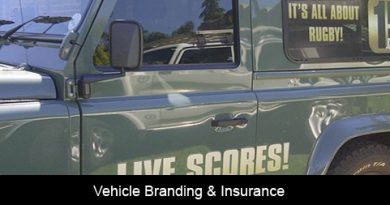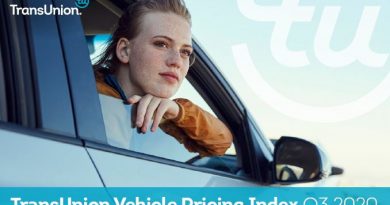Do not be blinded by the price tag when buying vehicles for your fleet

The most common mistake that businesses make when buying vehicles for their fleet is to give too much weight to the purchase price. Vehicles with the lowest price tag on the showroom floor can easily turn out to be the most expensive choice for fleet owners.
Dr David Molapo, Head of Fleet Management at Standard Bank, advises prospective fleet buyers to calculate the total cost of ownership over the entire useful lifespan of each of the vehicles that they consider buying.
Only then will their true value become clear, allowing for proper comparisons between different brands, models and the entire class of vehicles.
For example, fleet buyers may go for half-ton bakkies instead of one-tonners, simply because smaller vehicles carry a lower price tag. However, if a half-tonner has been bought to perform the job of a one-tonner, maintenance bills will push the life-time costs of a half-tonner way beyond that of a bigger bakkie,” says Dr Molapo. It ends up being too expensive regardless of its purchase price.
“Once the use and application of the vehicle has been considered and the correct class of vehicle chosen, the range of brands and models within that class can still be quite bewildering. Again, careful calculation of the total cost of ownership of each vehicle on your short list can help you to make the best choice.”
Dr Molapo says total cost of ownership is made up of instalment payments (or purchase price if the vehicle is bought outright in cash), fuel consumption, maintenance costs, tyres, insurance, tracking and licencing.
He illustrates that the purchase price of a vehicle can well be less than half of its total cost of ownership.
For example, a small 1.6 sedan with a showroom price tag of R220 000 that has travelled for 120 000 kilometres over 48 months will accumulate a total cost of ownership of R465 000, broken down as follows:
- Repayments R262 022 (purchase price financed at 9.25%)
- Fuel R105 907
- Maintenance R39 237
- Insurance R38 400
- Tracking R12 000
- Tyres R6 689
- Licencing R1 344
Certain components of the total cost of ownership are clear, such as the repayment, tracking and licensing. However, calculating the amount of fuel and maintenance that a vehicle will require over its life span is more complex than it seems.
The first step should be looking at the official figures from the manufacturer, says Dr Molapo. But keep in mind that they typically reflect the use of the vehicle under ideal circumstances. Fuel consumption, maintenance and tyres will certainly be higher than manufacturers’ professed figures if a vehicle does a lot of dirt-road travelling or stop-start city driving.
Dr Molapo recommends that a buyer supplements the manufacturers’ claims with information gathered from other fleet owners, industry bodies, the Automobile Association, vehicle reviews in the motoring media and advice from their vehicle financier.
Apart from the cold cost calculation, the human factor must also be considered. For example, the most careful predictions of the total cost of ownership of a vehicle will often be inaccurate if the vehicle is used by a bad driver. While driver training may seem like an unnecessary extra expense, it can reduce the total cost of owning a vehicle significantly.
Therefore, it is important to consider the specific use of the vehicles, and fleet owners should think beyond the potentially unrealistic savings of a low purchase price, and consider the total cost of ownership before committing to a purchase,” concludes Dr Molapo.
Also view:
Vehicle Finance, Car Insurance and Road Safety
Buying and Selling a Vehicle – Informed decisions and the Vehicle Retailer
Fleet Management, Logistics and Road Safety




